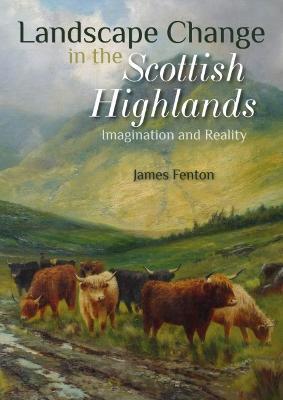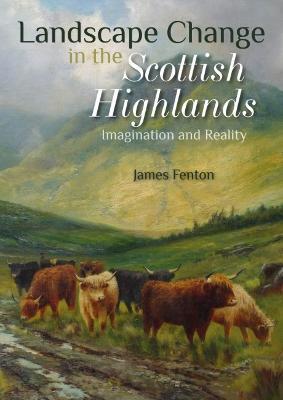L’articolo è stato aggiunto alla lista dei desideri
IBS.it, l'altro eCommerce
Landscape Change in the Scottish Highlands: Imagination and Reality
Cliccando su “Conferma” dichiari che il contenuto da te inserito è conforme alle Condizioni Generali d’Uso del Sito ed alle Linee Guida sui Contenuti Vietati. Puoi rileggere e modificare e successivamente confermare il tuo contenuto. Tra poche ore lo troverai online (in caso contrario verifica la conformità del contenuto alle policy del Sito).
Grazie per la tua recensione!
Tra poche ore la vedrai online (in caso contrario verifica la conformità del testo alle nostre linee guida). Dopo la pubblicazione per te +4 punti



Tutti i formati ed edizioni
Promo attive (0)
The Scottish Highlands have a strong appeal to the public imagination. Indeed, as a result of the writings of Sir Walter Scott, they are now symbolic of Scotland as a whole: a land of mountains, glens and lochs, of golden eagles and red deer; a land with a rich cultural history of clans and clanship, of kilts and castles, of crofts, crofting, Highland cows and sheep, of music and dance. But does this imagined landscape relate to the actuality? Is it in fact a wild landscape which has escaped the pressures of the modern world, or does such untrammelled wildness only reside in the mind? The aim of this book is to answer this last question by taking an objective look at the history of the Highland landscape, how it has changed over the centuries and how it is still changing. It challenges the view that the Highlands are, to quote the famous ecologist Frank Fraser Darling, ‘a devastated landscape’ – that is a landscape damaged by centuries of overgrazing and human exploitation. Instead it points out that the evidence suggests that the traditional unwooded Highland landscape of open hill and moor is one of the most natural remaining in northwest Europe, showing only minimal signs of human impact over the millennia; apart, that is, from the areas of human settlement. The occurrence of woodland as only isolated fragments scattered across the land is in fact a key biodiversity feature of the Highlands, distinguishing the far northwest of Britain from most of western Europe, where woodland would undoubtedly be the dominant habitat. There certainly were significantly more trees in the past but the woodland declined naturally over the millennia for a complex variety of reasons. Hence the current approach of putting trees back in the landscape, nowadays termed ‘reforesting’ or ‘rewilding’ is in fact destroying the very essence of the land. Similarly, the current activity of ‘restoring’ peatland can also result in a loss of the naturalness of the landscape. Indeed, loss of natural habitat is seen as a serious global issue, with humans slowly taking over for themselves the whole planet, leaving little space available for the wildness of nature. It is not only reforesting and peatland restoration which is destroying the naturalness of the Highland landscape, but also the continuing encroachment of infrastructure, whether hill tracks, wind turbines, dams, phone masts, ski development, fences, and commercial forestry plantations. At the current rate of attrition, the wild landscape will soon remain only in the imagination, the open hills and moors having been dumped into the dustbin of history. The Highlands, sadly, will be like everywhere else in the world: developed and managed to extinction! Why can we not just let the hills be? After all, this is how they were for thousands of years until landownership entered the Highlands following the Battle of Culloden.
L'articolo è stato aggiunto al carrello
L’articolo è stato aggiunto alla lista dei desideri



